Watching My Students Watch the Inauguration
A MiddleWeb Blog
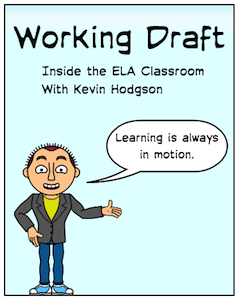
We agonized over the decision for a few weeks, and then we reached out to the school administration for support and guidance on how to proceed (or to not proceed).
We did indeed watch the Inauguration together the other day in our classroom, and I am glad we did, if only to show our young people how the peaceful transfer of power does and should work in the United States.
Personally, I could have done without the negative campaign rhetoric and references to the “carnage” of our country in President Donald Trump’s speech, but overall, I think the event was valuable for our students to witness.
Watching the Inauguration was a project culmination, of sorts. In the fall, our students researched topics of interest to the nation, and then they wrote a “letter to the next president” before they even knew who the next president would be. They provided information, and then made suggestions for improvement to some facet of the world, from protecting the environment, to creating more jobs, to issues of immigration.
On Inauguration Day, in a purposeful symbolic move on our part, we placed nearly 45 student letters (more than half of the sixth graders agreed to actually send their letters to the White House) into an oversized envelope and shipped them out.
We practiced visual note-taking
Since we wanted our students actively listening to the new president’s formal address to the nation, I showed them the basics of sketchnoting, or visual note-taking – a technique to use art to remember and highlight main ideas. Using information and inspiration from teacher Wendi Pillars’ book, Visual Notetaking for Educators, I introduced them all to the idea of listening and drawing, and then using those sketches for writing, which then leads the way into class discussions.
[Click on any image to enlarge it!]
In my classes we partner art with writing all year, so it wasn’t all that much of a leap for them. Most were deeply engaged in their sketches as Trump’s voice filled the room.
I found Pillars’ book valuable, in both explaining the connection between art and memory and learning, and for the many student examples in the book.
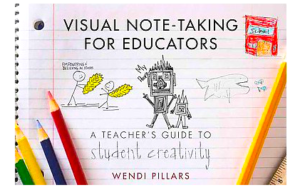
The artwork enriched the class discussions immensely.
Follow-up discussion
Afterwards, we discussed some of the rhetoric of Trump’s speech, with students identifying the themes of “America First” and “Remembering the Middle Class” and “Security.” There was a lot of discussion of how President Trump used his hand motions to make his point, and about the overall tempered monotone nature of his voice.
We had sent home a letter explaining our decision to watch the inauguration in school and our intent to provide an opportunity for families to choose to have their children not watch the Trump Inauguration (we had alternative plans – watching JFK’s inauguration, and taking visual notes). One student did not watch with classmates. Another student had a note that would have excused them, if they did not want to participate, but they decided not to use the note.
Watching was the right decision for us
A few weeks ago, I sent a survey out on Twitter, through my various social networks, wondering who was going to watch the event with students and who was not. The response was surprising, even for me and my known networks. More than 80 percent of the teachers who responded said they were not going to watch it, citing worries about stressing immigrant students and other populations that have been in the crosshairs of Trump’s rhetoric. (Another survey this weekend after the ceremonies confirmed those numbers).
I understand that decision, to some degree. Neither of my own school-aged children – one is in a middle school and the other, in a high school – watched it, either. I am still not sure why, since we were never told by their teachers, except that I can assume that educators in our part of very liberal and very progressive Western Massachusetts were taking a stand.
Still …. that’s no reason to opt out.
I think we made the right decision, and I’m grateful we had a chance to talk with our students about what they heard, in a community of peers where we talk about respecting each other’s opinions all year long. We know from polling numbers that our larger town community was a solid mix of Clinton and Trump supporters, and one way to heal those neighborhood divides is to talk, and to listen to each other.
Maybe President Trump could do the same.
Feature source: Jacksonville Times

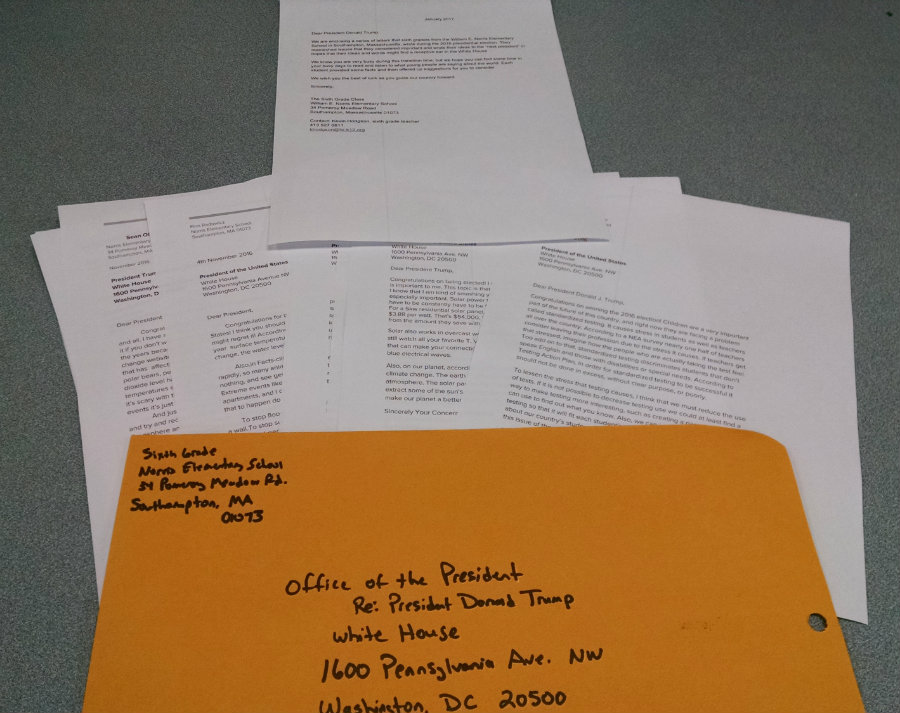
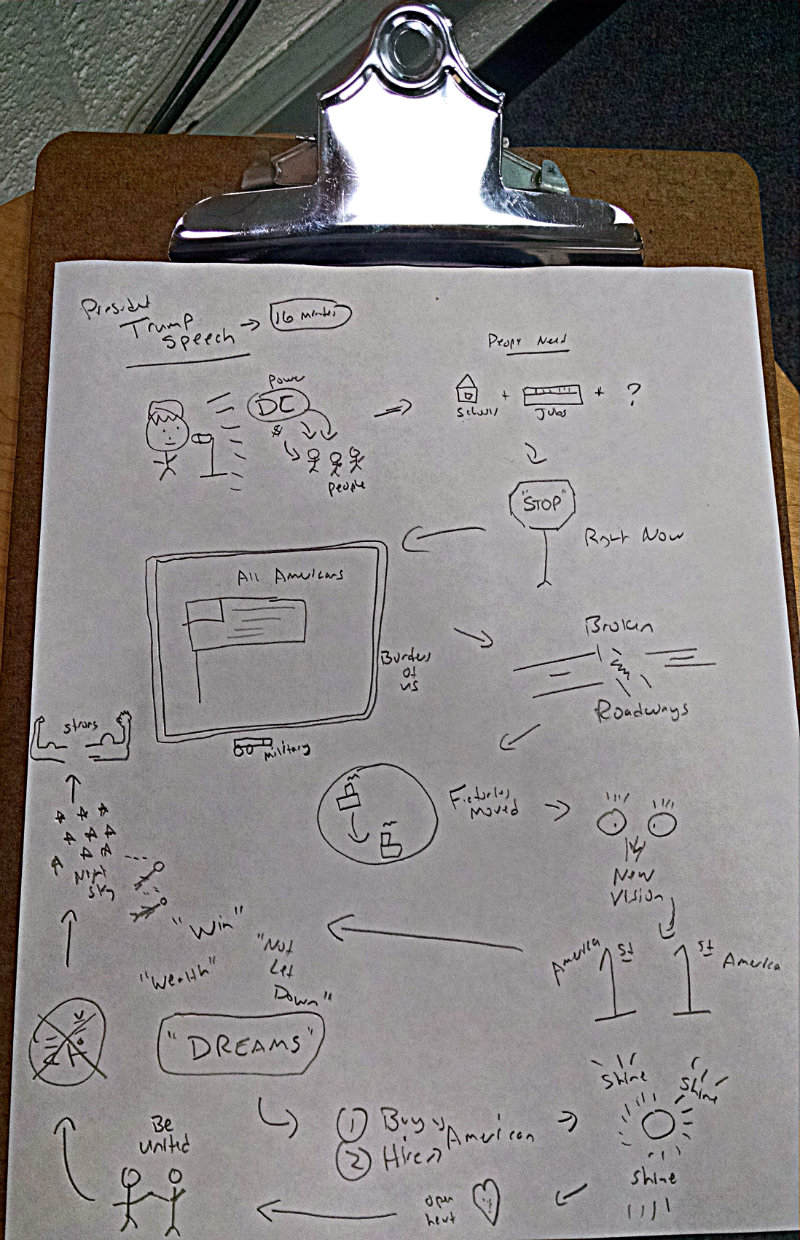
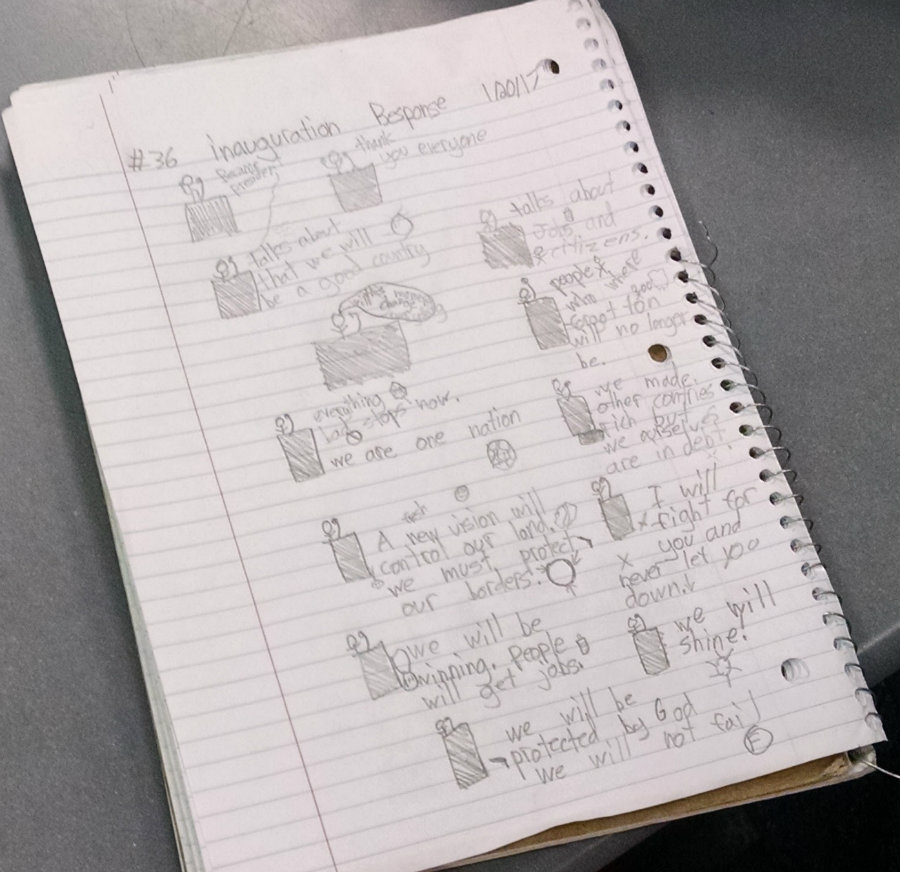
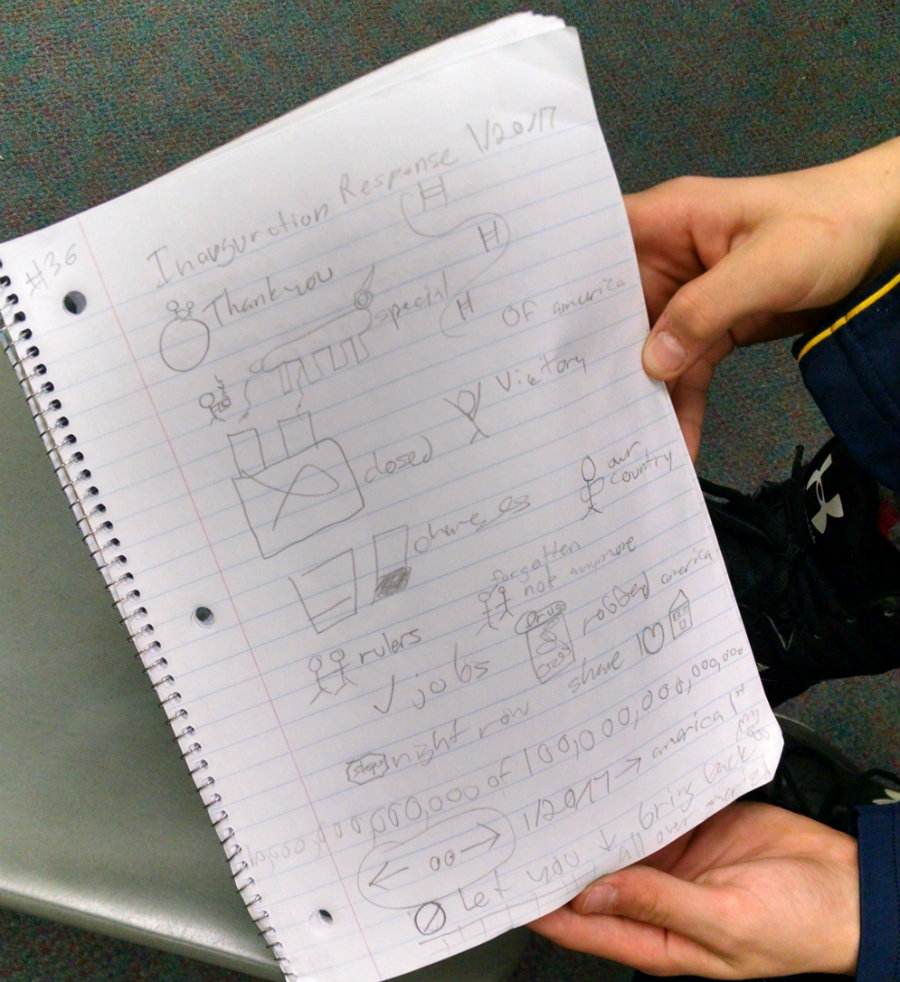
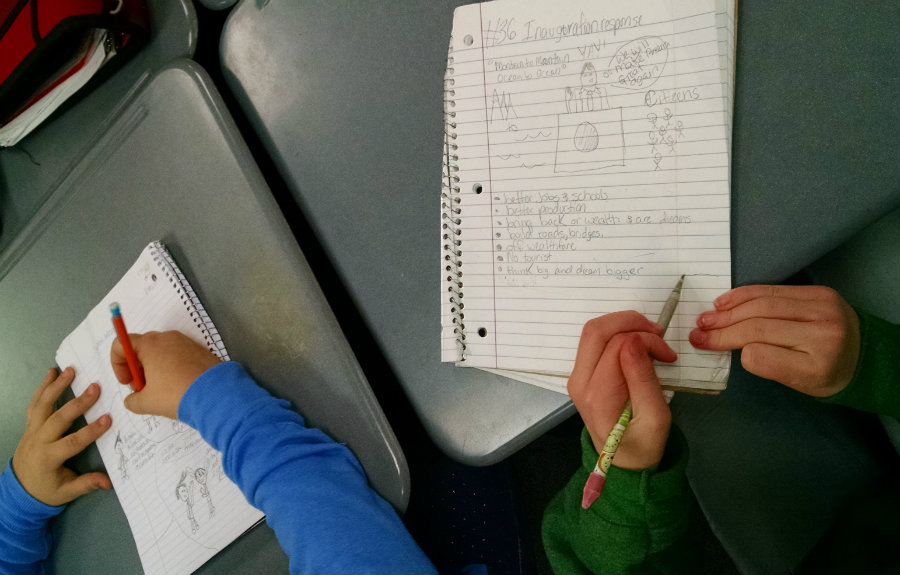



































Real education is about looking at all sides of every issue and discussion. I’m glad you gave your students the opportunity to have a voice in future letters to the President, whoever that turned out to be. Good work!
Thank you, Mary. I appreciate the comments and thoughts.
Kevin
Kevin, every part of this lesson, from the letters to the sketchnoting, helped students become historians and interpreters. It’s wonderful!
I agree with Sarah…good for you! Awesome lesson!
Thank you, Sarah. You are right — they were documenting the event, even as it led to discussion.
Kevin
As always, Kevin, you are my hero. With our 7th graders roaming the hall en masse chanting “Build the wall” after last fall’s mock election, and trepidation about the frequent vulgarity of Trump’s off the cuff remarks, we did not show the inauguration speech. Kudos to you for constructing a meaningful and literate atmosphere. We need to nurture critical thinkers and hopeful citizens. I always learn more about doing just that from your work. (p.s. I was at the March on Washington)
Sandy
Thank you for being open and honest, and I know every school district (and teacher) faced its own quandary over this issue, and much depended on the tenor of the election, the student population and the community at large.
Kevin
Shared on New England History Teachers Association FB page:https://www.facebook.com/nehta.org/
Thanks, Jeremy. I appreciate the sharing.
Kevin